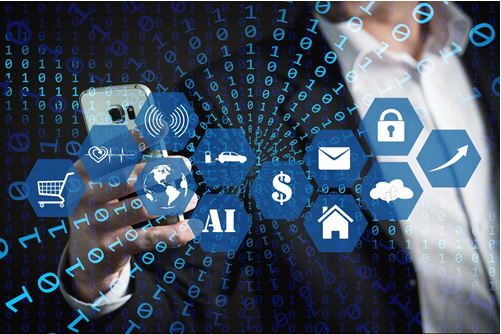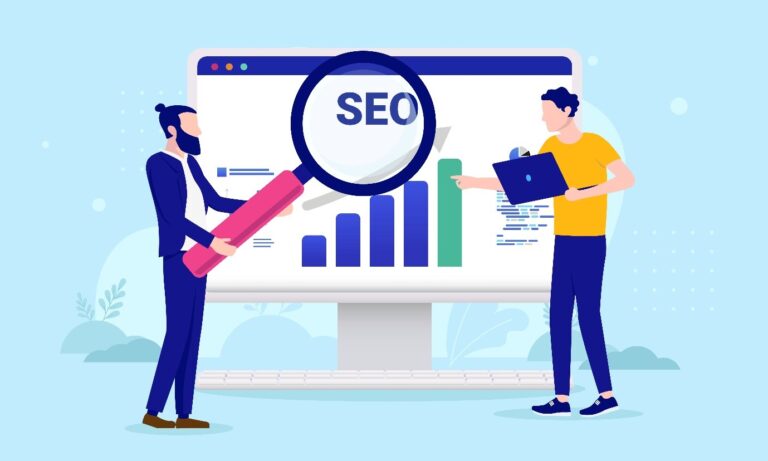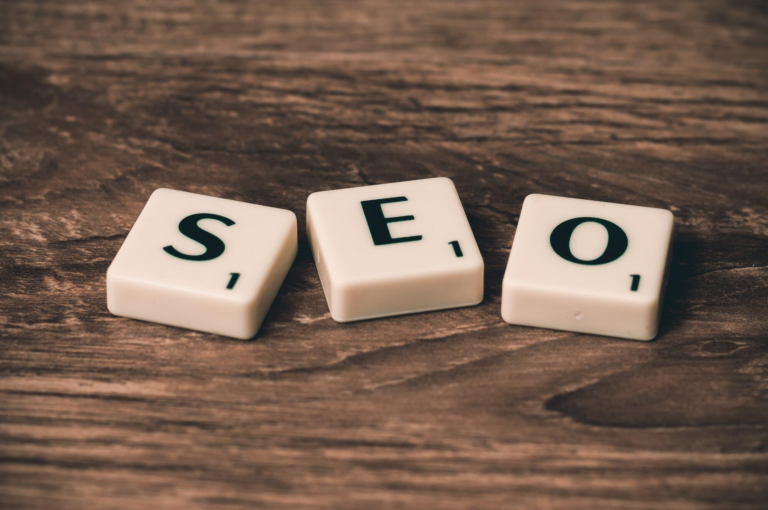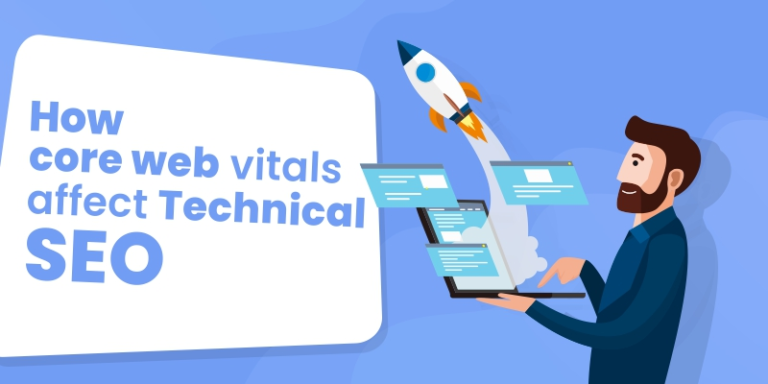From Print to Digital: The Evolution of Marketing Solutions
Marketing has undergone a remarkable transformation over the past few decades. It started as print ads in newspapers. Now it includes complex digital campaigns reaching millions online.
This evolution has changed how businesses connect with consumers. It transformed the marketing landscape forever.
In this post, we’ll explore the shift from print to digital marketing solutions. Read on and understand its impact and what it means for businesses today.
The Early Days of Print Marketing
Print marketing was once the primary method used to reach an audience. Flyers, brochures, and newspaper ads were the main tools. These methods allowed us to share messages with local communities and the broader public.
The Power of Newspapers
Newspapers were king in the early days. Businesses could place ads in popular sections to catch the eye of customers. The reach was considerable, and many have thrived by mastering this form of marketing.
Brochures and Flyers
Brochures and flyers offered a more personal touch. Businesses could distribute them door-to-door or hand them out at events.
These materials provided detailed info about products or services. They were easy for consumers to keep and refer to later.
Limitations of Print
Despite its initial success, print marketing had its limits. Measuring campaigns was hard. Their reach was often limited to specific areas.
Additionally, print materials need effort and cost for production and distribution.
The Rise of Digital Marketing
The advent of the internet changed everything. Digital marketing emerged as a powerful new way to reach consumers. The shift began slowly but gained momentum as technology advanced.
The Birth of Email Marketing
Email marketing was one of the first digital marketing strategies to take off. It allowed businesses to send targeted messages to consumers’ inboxes.
This method proved to be both cost-effective and efficient. It enabled companies to reach a large audience quickly.
Search Engine Optimization (SEO)
SEO became crucial as more businesses established an online presence. By optimizing their websites for search engines, companies could improve their visibility. They would also attract more traffic. SEO strategies included:
- using relevant keywords
- creating quality content
- building backlinks
Social Media’s Impact
Social media platforms like Facebook, Twitter, and Instagram revolutionized eCommerce performance marketing. These platforms offered new ways to:
- engage with consumers
- build brand loyalty
- expand reach
Businesses could now talk to their audience in real time. They could create more personalized marketing campaigns.
The Evolution of Digital Tools
Digital marketing tools have evolved over the years. They range from simple email newsletters to advanced AI-powered analytics.
These tools are essential for modern marketers.
Analytics and Data
Data analytics tools are now vital in digital marketing. They allow businesses to:
- track the performance
- understand consumer behavior
- make data-driven decisions
Tools like Google Analytics provide new insights. These were impossible with print marketing.
Automation Tools
Marketing automation tools help streamline tasks such as:
- email marketing
- social media posting
- lead generation
These tools increase efficiency. They ensure that campaigns run smoothly. They let marketers focus on business marketing strategy and creativity.
Content Management Systems (CMS)
CMS platforms have made it easier for businesses to create, manage, and optimize their online content. The systems support SEO. They also help keep a brand’s presence consistent across digital channels.
Benefits of Digital Marketing
Digital marketing offers several advantages over traditional print methods. It provides more chances for engagement. It has better targeting and more accurate result measurement.
Enhanced Targeting
Digital marketing allows businesses to target specific demographics, interests, and behaviors. This precision ensures efforts reach the right audience. It increases the chances of conversion.
Cost-Effectiveness
Compared to print marketing, digital marketing is often more cost-effective. Businesses can reach a larger audience with a smaller budget. Digital campaigns can be adjusted or paused based on performance.
Measurable Results
One of the biggest advantages of digital marketing is the ability to measure results accurately. Marketers can track metrics such as:
- click-through rates
- conversion rates
- return on investment
This data helps refine strategies and improve future campaigns.
Challenges in Digital Marketing
Despite its many benefits, digital marketing also presents challenges. Staying updated with technology is an ongoing concern. So is managing data privacy and keeping consumer trust.
Keeping Up with Technology
The digital landscape is constantly changing. Marketers must stay updated with new tools, platforms, and algorithms. Continuous learning and adaptation are crucial to staying competitive.
Data Privacy Concerns
With the rise of digital marketing comes increased scrutiny of data privacy. Regulations like the General Data Protection Regulation (GDPR) need businesses to handle data well. They must handle consumer data responsibly.
Compliance is essential to avoid legal issues and maintain consumer trust.
Building and Maintaining Trust
In an era of misinformation, building and maintaining consumer trust is challenging. Transparency, authenticity, and ethical marketing are vital. They help establish a strong, trustworthy brand.
The Future of Marketing
The future of marketing will be shaped by new technologies and more personalized approaches. AI, machine learning, and augmented reality are some key areas set to transform how businesses engage with customers.
AI and Machine Learning
AI and machine learning are already transforming marketing strategies. These technologies enable more personalized and predictive marketing efforts.
AI-driven tools can analyze lots of data. They use it to find trends and make recommendations. This improves decision-making processes.
Augmented Reality (AR)
AR offers exciting possibilities for marketing by providing immersive experiences. Brands can use AR to create:
- interactive ads
- virtual try-ons
- engaging product demonstrations
This technology enhances consumer engagement and creates memorable experiences.
The Role of Ethics
As digital marketing evolves, ethical considerations will become increasingly important. Consumers are more aware of issues like data privacy and environmental impact. Brands that focus on ethical practices and social responsibility will likely gain a competitive edge.
Explore the Latest Business Marketing Solutions Today
The shift from print to digital marketing solutions has changed how businesses reach consumers. It has also changed how they engage with them. Digital marketing offers unparalleled opportunities for targeting, engagement, and measurement.
However, it also presents challenges that marketers must navigate carefully. Businesses need to stay updated with new tech.
They also need to focus on data privacy and build trust with consumers. By doing so, they can harness the full potential of digital marketing to drive growth and success.
Hungry for more interesting content? Check out our blog for a treasure trove of articles on a multitude of topics. Dive in and expand your horizons!







One Comment
Comments are closed.